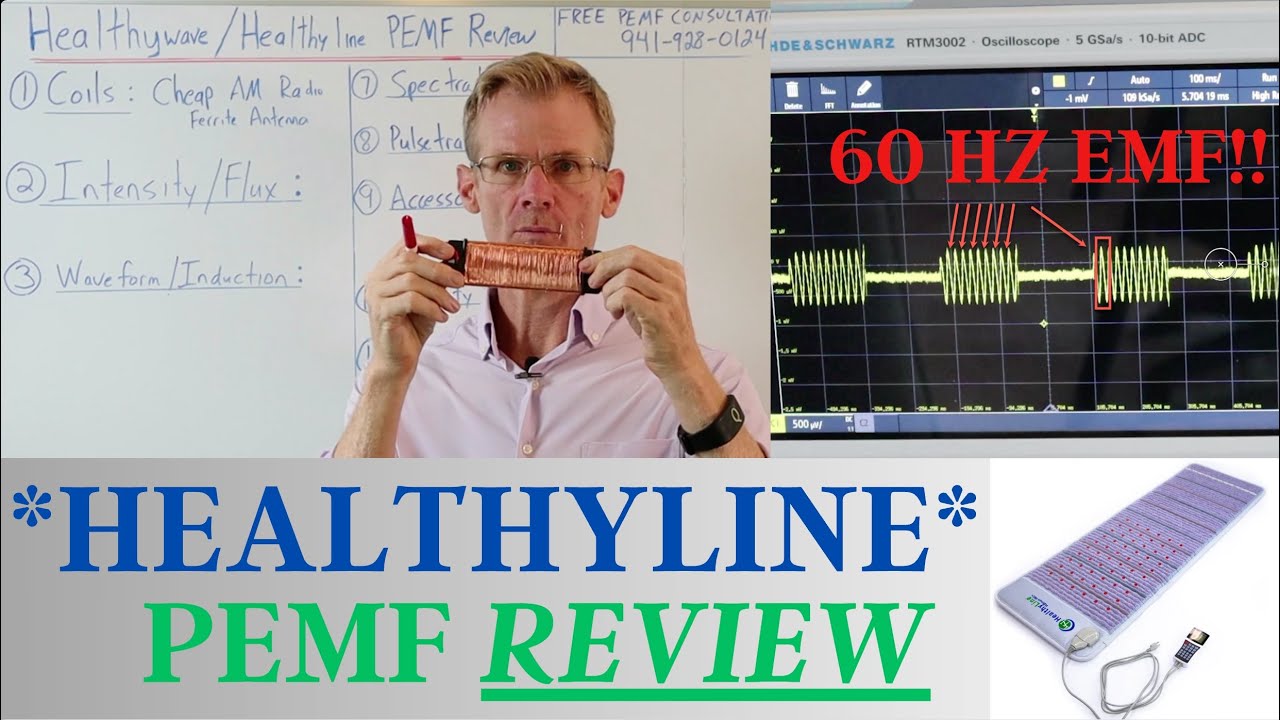Hi @JILL, people occasionally ask me this kind of question, so I think there is a lot of interest, and a lot of misunderstanding.
Just to set the stage, there are really important and legitimate fields of science that study wavelengths and frequencies related to materials, physical processes, and life itself. We know (know = can measure, replicate, and verify) many things by studying wavelengths and frequencies. Things we have learned include: How old are distant stars, how well are nerve axons conducting, are trace chemicals present in a substance or on a surface, how does light work (in space, through matter), what exactly is “color”, how do plants extract energy from sunlight, and countless other things like this. This is real, sold, valuable, provable science.
There are also a lot of things we do not know about frequencies and wavelengths. These include the health effects of various electro-magnetic emissions. I think many people, including myself, believe the negative health effects are real, and we need to study them seriously because we don’t quite understand these effects yet.
Then there is a third category, where some people make claims about frequencies and wavelengths when they have no actual information. Maybe they just have a strong intuition, maybe they are just taking an honest guess when they observe an effect, or maybe they are intentionally committing fraud. Examples would be:
1 - I just have a strong feeling about synthetic fibers (intuition)
2 - Natural unbleached cotton always makes me feel better, so maybe it has a special frequency (honest guess)
3 - As a clinician, you will pay me to tell you which foods to eat, which fabrics to wear, and what colors to paint your walls because I know the special secret frequencies that are good and bad. If you ask me to explain or prove it, I will show you a mash-up of images from the Tibetan Book of the Dead, some Egyptian hieroglyphs, combined with altered figures from an introductory Physics text book. (I could be wrong, but I’m thinking… fraud)
Believe it or not, I think there is a place for all of this, including a bit of fraud.
Intuition - Most discoveries throughout history result from chance or intuition, or both if you happen to be very skillful (chance favors the prepared mind). But once you have a chance discovery or the epiphany of intuition, you then need to follow up with real science: repeated observations, measurements, hypothesis tests, etc.
Honest guess - People have to do this all the time because we need to make important decisions with incomplete information. But before anyone runs forward with these honest guesses to give clinical advice to other people, they have the responsibility to do a lot more serious work first.
Fraud - Not my favorite, but from time to time I have to tell myself little lies just to coax myself forward. I have to play confidence games with myself: “Go ahead Bob, give it a try, you can make it work or figure it out.” Initially I might be doubtful, but sometimes it does work. A bit of optimistic self-talk can be useful, especially when you start to try to solve very difficult problems. But I strictly limit fraudulent talk to cases where I think it will really be helpful. I think this is broadly true: clinicians with positive attitudes are known to have better patient outcomes compared to pessimistic clinicians, even when both are fully aware that the realistic prognosis is not favorable.
OK, lots of philosophical talk, but how does this relate to your question?
The wording of your question, which I presume is based on what they told you, sounds to me like they do not know the meanings of the technical words they are using, but I could be wrong.
Have I tested different fabrics/materials with our ICES-PEMF coils? Absolutely. I have done extensive testing and made countless measurements. The results are: exactly the advice I give people on how to use coils. You can find this throughout this FORUM, briefly: any kind of cloth or bandage is OK, but try to avoid metal sheets, plates, screens, etc.
Negative WiFi radiation increased by… Sounds like BS to me. I could be wrong, but I would chalk this up to the basic observation that some people benefit from wearing natural fibers, but then they extrapolate to make pseudo-scientific guesses that are probably wildly wrong.
So, in general when people make claims of the health effects of fabrics, foods, scents, etc., they may base this on observations of the effects on health, but these effects are probably not due to a “frequency” or “wavelength”. The effect may be real, but IMO their explanations are usually based on nothing.
So, whether or not you take their advice, you should try to judge where they are on the spectrum:
Intuition — honest guess ---- Fraud
Even bad people can occasionally give good advice, but you need to put their advice into the greater context of who is saying it, why they are saying it, are they really trying to help you, or are they trying to do something else.

